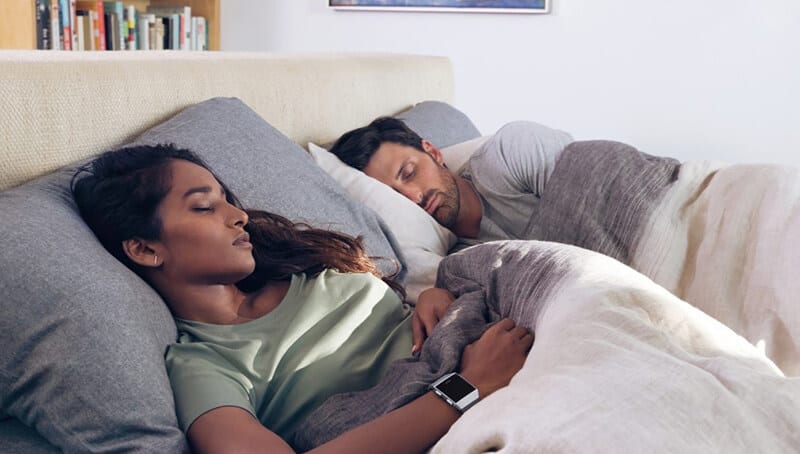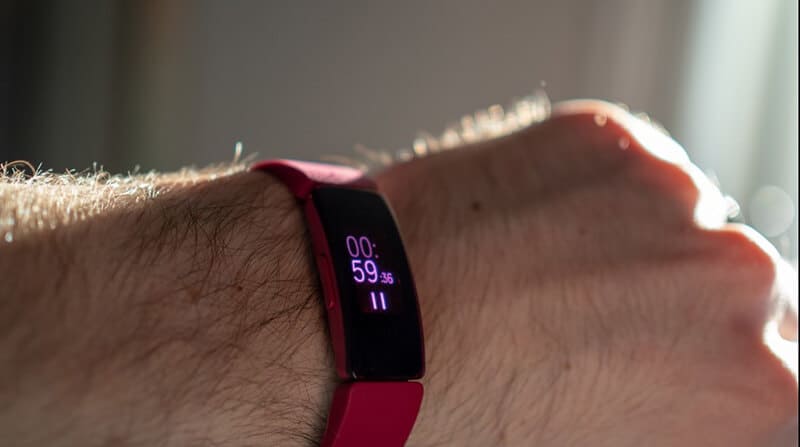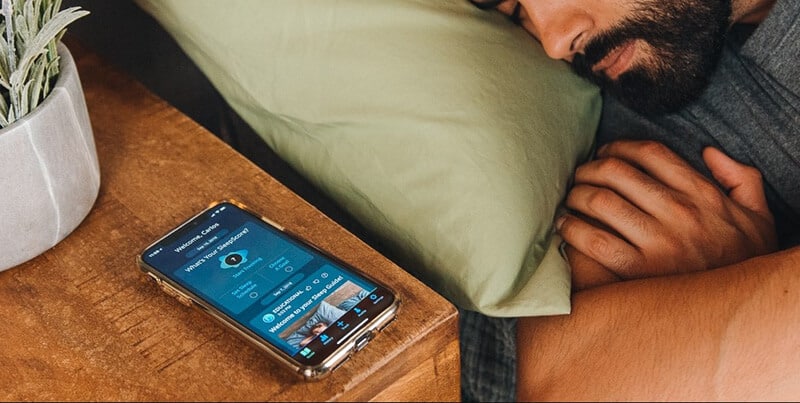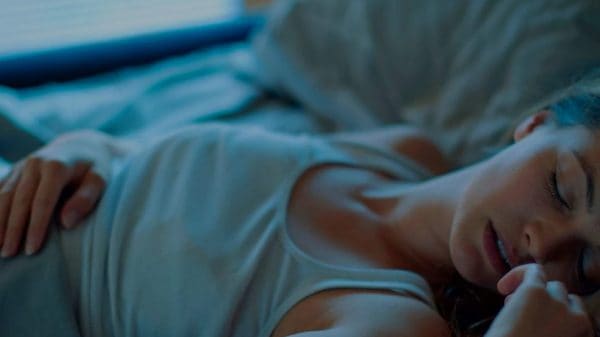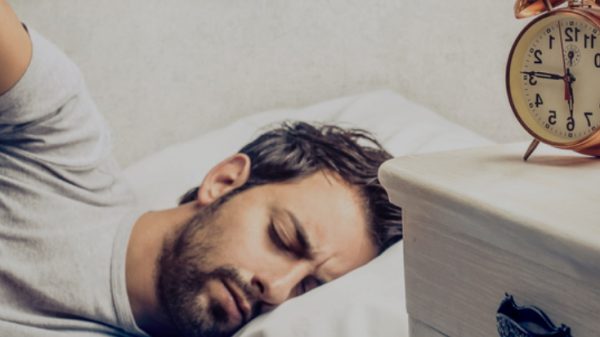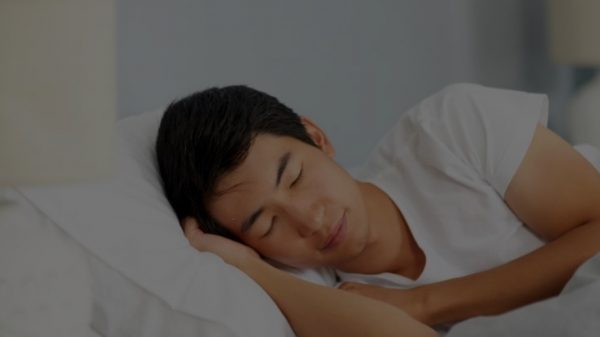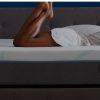Welcome to OllySleep, where we’re here to answer all your burning questions about sleep. Today, we’re diving into the fascinating world of Fitbit and how it tracks your sleep patterns. Strap on your fitness tracker and get ready to learn some eye-opening insights about your bedtime habits.
But before we get into the nitty-gritty, let’s take a moment to appreciate the other amazing content we have on our website. If you’re struggling with getting your little one to sleep in their crib, check out our helpful guide on baby won’t sleep in crib. And if you’re on the hunt for a new mattress, we’ve got you covered with reviews of short queen sized mattresses, Simmons mattresses, and more.
Now, let’s dive into the world of Fitbit and sleep tracking. How does Fitbit track sleep? It’s a question many Fitbit users have asked, and we’re here to break it down for you. We’ll explore the technology behind Fitbit’s sleep tracking features and discuss why it’s become such a popular tool for those looking to improve their sleep quality.
How Does Fitbit Track Sleep?
Clinical specialists utilize electroencephalograms to examine the electrical activity of people’s brains to ascertain their sleep routine. Some investigators use Polysomnography or PSG to comprehend sleep behavior in a laboratory. Both of these approaches are considered to be the”gold standard” for measuring sleep phases.
Fitbit is not an electroencephalogram, nor a PSG device. It rather uses a blend of features designed to track your motion and heartbeat to work out if you’re sleeping, just how much you’re sleeping (or not sleeping).
1. Fitbit Motion Tracking
Let us begin with motion tracking. Fitbit uses a three-dimensional accelerometer to keep track of your muscle motion. If you do not move for one hour while using the tracker on your wrist, then it assumes that you’re asleep.
To assess the quality of your sleep or just how rested you are, the accelerometer measures the duration and management of each and every movement. For instance, if you’re rolling over a lot, Fitbit will consider you awake and alert.
2. Heartbeat Tracking
To gauge different sleep phases, Fitbit’s built-in Heart Tracker steps your Heart Rate Variability (HRV). It’s a measurement of the changes in your pulse during different phases of sleep. By monitoring beat-to-beat (BTB) heart intervals, Fitbit determines just how long you spent at each phase and just how close you were to your sleeping target.
Different Sleep Stages Tracked By Fitbit
Our body moves through distinct phases of sleep each time we lay down for some shut-eye. Fitbit, under the advice of the National Sleep Foundation, has split sleep into four phases on the Fitbit sleep log. Below we have briefly explained what they intend to assist you in assessing your sleep info.
The Four Stages of Sleep
1. Awake: It is rare to not awaken at all for 7-8 hours right for most adults. The majority of us would normally wake up every couple of hours to go to the bathroom or get a glass of water. Waking up several times is not always an indication of a sleep disease.
The waking intervals are usually quite brief and most people do not recall them. Turning around, adjusting the blanket, or making a soft sound are a few of the traditional examples of a waking interval happening.
2. Light Sleep: Light sleep suggests your body has only started to unwind and you have started to fall asleep. Within this phase, you’re almost conscious of your surroundings, which means you can be easily awakened. You will jump between being asleep and awake.
Because your entire body starts to slow down, your heart rate also reduces slightly. Light sleep is also what occurs during naps. It calms the mind and is considered to be essential to our body and mind.
3. Deep Sleep: The stimulation threshold gets stronger within this phase. Your muscles relax, your pulse slows down a great deal, and your body gets more receptive to external stimuli like touch and noise. The longer the length of heavy sleep, the more refreshed you’ll feel the morning after.
4. REM Sleep: Your sleep keeps getting deeper until you arrive at the REM sleep period. In this time period, the muscles under your throat become paralyzed, although your mind turns exceptionally energetic. This is why the majority of dreams happen during this period of time, leading to an increased heartbeat and rapid eye movement. This phase can last for as long as 90 minutes. REM sleep affects our mood regulation and cognitive function. Getting enough cycles of REM sleep is crucial for waking up rested. If you’re struggling with getting enough quality sleep and keep waking up exhausted, find out how to get more REM sleep.
How Can Fitbit Track Sleep Using Actigraphy?
Actigraphy is used in sleeping studies with the use of an “actigraph”, a device like Fitbit. Actigraphs are used to track movement. They are typically devices worn around the wrist that monitor movement as the person being studied is sleeping. Software subsequently translates those moves into being awake and being asleep.
For those who have sleep disorders or basic sleep disruptions, actigraphy is a handy means to get their sleep patterns researched without needing to sleep at the laboratory. An autograph apparatus can be worn at your home and is not too uncomfortable. Many of these machines look like standard wristwatches.
How to Analyze the Fitbit Data?
To begin, you’ll need to use the Fitbit device on your non-dominant arm and make sure it fits snugly.
To use some older versions like Fitbit One, Ultra, and Flex, you’ll need to press and hold the on button until uou see “Start” on the screen. This will trigger the Sleep Mode. You’ll need to press the button again to stop recording once you wake up. These versions use an accelerometer to gauge your sleep action.
Versions such as Fitbit Inspire HR, Charge two, Alta HR, and Force, monitor both the heart rate and muscular motion. These can automatically start and stop recording your sleep based on measuring these two parameters.
To assess your sleeping results, follow the steps below:
- Open the Fitbit app and sync your Fitbit device.
- Click on the sleeping window within the app.
- Tap on the results window that you’re interested in.
Each result will contain a comprehensive report on each sleep period presented in chart form.
Scroll down to discover more stats and review the average amount of sleep that you have per week.
App Customizations for Fitbit Sleep Tracker
To get the maximum from your Fitbit Sleep Tracker, you can:
- Create a sleep program to ensure more consistent sleep.
- Set a bedtime reminder to adhere to this program.
- Edit or delete your sleep background if there is a discrepancy in the information.
Adjusting Sleep Sensitivity on Fitbit
Fitbit records your sleeping action in Sensitive or Normal mode. If you notice that your device is not properly reacting to moves like turning around while you’re asleep, you will need to edit your Fitbit settings to make your Fitbit more sensitive to movement.
To alter the Sleep section of this tracker, do the following:
- Go to the account tab in your Fitbit program dashboard.
- Scroll down and tap the advanced settings.
- Proceed to sleep sensitivity.
- From that point, you can select either the normal or the sensitive mode.
It is ideal to choose the standard model if you sleep with someone in the same bed.
How to Enhance Your Readings
Other than adopting healthier habits that will improve your overall health, there is no clear way to enhance your sleep readings.
For example, you could restrict alcohol consumption, especially before bed. While consuming alcohol before bed may help you fall asleep, it can also lead to light sleep and waking up more frequently.
Another thing you could do is set up a regular routine for falling asleep and waking up. Although using a regular bedtime and wake-up routine can be a struggle, your Fitbit can help with this as well. Your Fitbit can notify you it’s time for bed at precisely the exact same time every evening, as well as gently wake you up in the morning using a mild vibration.
If you are having difficulty getting sufficient sleep, then it is likely time to seek the advice of a health professional. The sleep readings provided by your Fitbit could come in handy at your doctor’s appointment, as they will provide your physician with a baseline of your issues before you’re given any treatment.
Conclusion
Fitbit sleep monitoring isn’t an alternative to the professional monitoring systems used by physicians in labs. The only guaranteed approach to accurately tracking sleep would be to track the electric activity of the brain.
Fitbit takes into consideration factors such as heartbeat changes, rapid eye movement (REM) phases, and muscle motion to examine your sleep activity. While the tracking results are generally accurate, Fitbit should be used to bypass a physician’s appointment if you’re dealing with a serious sleep disorder.
If you’re interested in exploring other sleep-related topics, we’ve got you covered. Check out our articles on essential oils for sleep, comforter vs duvet cover, and even signature sleep mattresses. We strive to be your go-to resource for all things sleep-related.
So, grab your Fitbit, put on your favorite pair of eye mask for sleep, and let’s explore how Fitbit helps you unlock the secrets of a good night’s rest.

